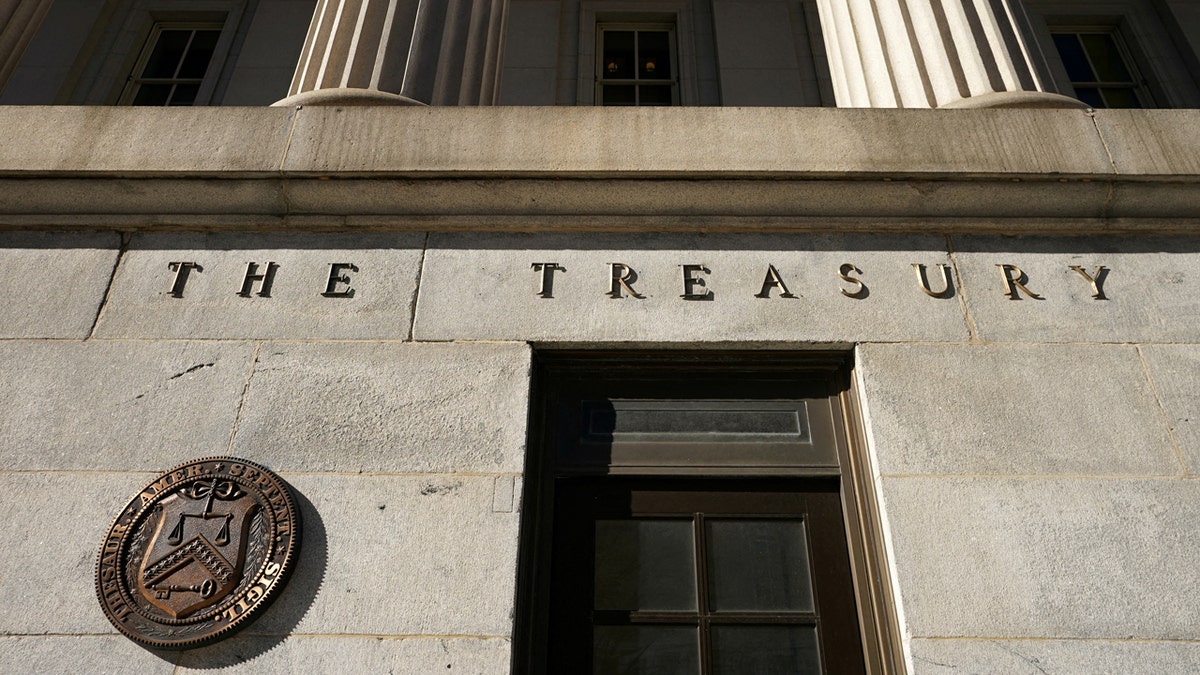Former President Donald Trump's recent call to halt penny production has ignited a discussion about the coin's cost-effectiveness and potential alternatives. Trump, citing the high production cost exceeding the penny's face value, instructed the Treasury to cease minting new pennies. This directive follows a similar concern raised by Elon Musk, head of the Department of Government Efficiency (DOGE), earlier this year.

The 2024 U.S. Mint report reveals that producing a single penny costs nearly 3.69 cents, significantly more than Trump's initial estimate. While Trump's aim is to eliminate wasteful spending, advocates for the penny, like Americans for Common Cents, argue that focusing on reducing the nickel's production cost, currently at 13.8 cents, would be a more fiscally responsible approach. They suggest that eliminating the penny could disrupt small transactions.

Experts believe that Congressional action is likely required to stop penny production, although the Treasury Secretary might have the authority to halt minting independently. Past Congressional attempts to eliminate the penny have been unsuccessful. However, bipartisan support exists for modifying coin composition to reduce costs, as evidenced by a 2023 bill introduced by Senators Joni Ernst and Maggie Hassan. Despite this, the 2024 Mint Report suggests that alternative metal compositions are unlikely to lower production costs to the penny's face value. Historically, Congress has discontinued coins before, such as the half-cent coin in 1857.








